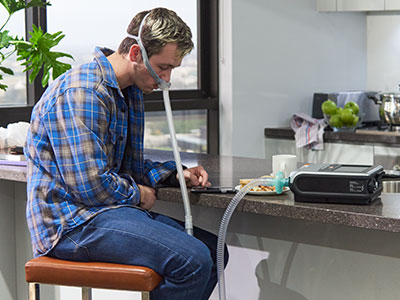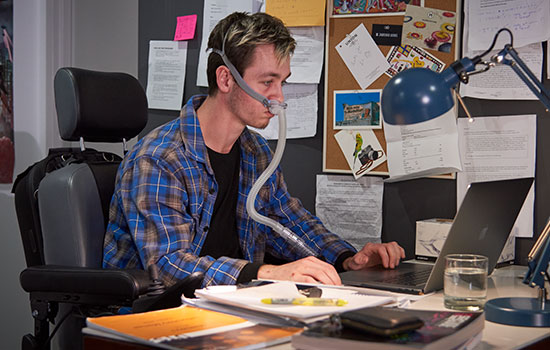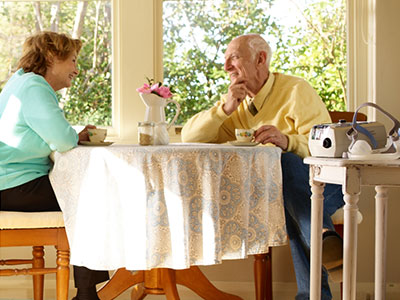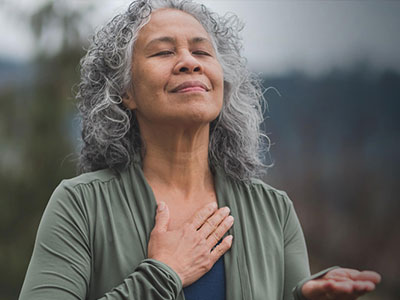
Restrictive lung disease
Learn more about restrictive lung disease symptoms and treatment options.
What is restrictive lung disease?
The chest wall is vital to the mechanical action of breathing. It includes the bony structures (ribs, spine, sternum), respiratory muscles (the organs in your body that help you breathe), and nerves that connect the central nervous system to the respiratory muscles. If you have restrictive lung disease, it’s likely that your breathing is restricted, and you may have long-term respiratory failure. The most common restrictive lung disorders that lead to respiratory failure are thoracoplasty, scoliosis and/or kyphoscoliosis.
Symptoms of respiratory failure in people with restrictive lung disease:
- Dyspnoea (shortness of breath during activities)
- Orthopnoea (shortness of breath while lying down)
- Peripheral edema (leg or ankle swelling)
- Repeated chest infections
- Morning headaches
- Fatigue
- Poor sleep quality
- Loss of appetite
Why is it important to treat restrictive lung disease?
Because restrictive lung disease affects the area around your bony structures, respiratory muscles and nerves, you may not have the muscle strength to breathe on your own. As you can imagine, if you can’t breathe properly during the day, you won’t have much energy to do many of the things you enjoy. And not being able to breathe properly at night prevents your body from being able to perform its vital functions and recharge for the next day.
It’s important that you start treatment with a ventilator if your doctor or health care provider has indicated that it’s suitable for you. Treating the breathing and sleeping issues caused by your chest wall disorder can make a big difference to your quality of life. By being ventilated, the quality of your breathing will improve and you can start to enjoy a greater feeling of health.

Treatment options for restrictive lung disease
Resmed has developed therapy devices and ventilators designed to treat respiratory conditions related to restrictive lung disease, so you feel better during the day, sleep better at night and get the most out of life.
The aim of any ventilation therapy is to support your respiratory system so you don’t need to work as hard to breathe. This can be done either invasively or noninvasively.






